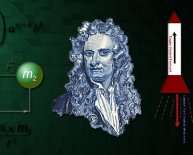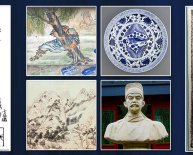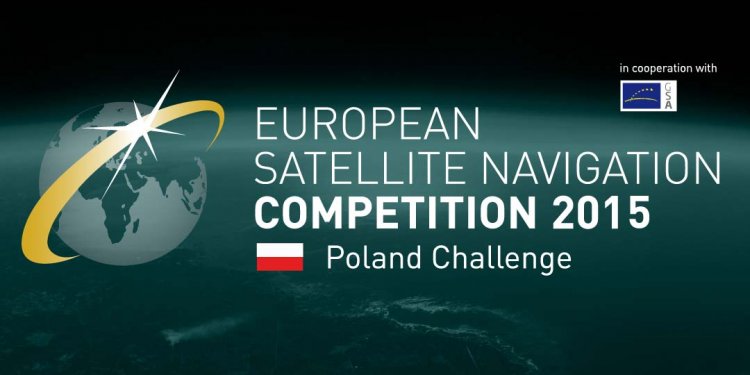
History of Galileo
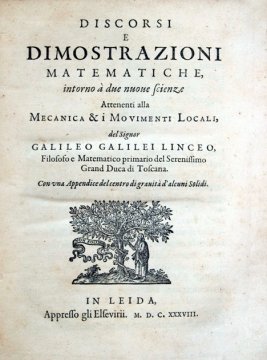 “Galileo was part of a broad, cosmopolitan culture that was equally interested in science, art and literature.” Jürgen Renn, Director at the Max Planck Institute for the History of Science.
“Galileo was part of a broad, cosmopolitan culture that was equally interested in science, art and literature.” Jürgen Renn, Director at the Max Planck Institute for the History of Science.
“Galileo was part of a broad, cosmopolitan culture that was equally interested in science, art and literature.” Jürgen Renn, Director at the Max Planck Institute for the History of Science.
© Max Planck Institute for the History of Science
Galileo Galilei was born on 15 February 1564 in Pisa. The philosopher, mathematician, physicist and astronomer continues to fascinate both experts and lay people today. This year, science historians are revisiting his life and work while the media celebrates his 450th birthday. Jürgen Renn, Director at the Max Planck Institute for the History of Science, spoke about the importance of Galileo to Helmut Hornung.
Why is Galileo still of interest in the context of research today?
Galileo, like no other scientist, personifies revolutionary historical change and the birth of modern science. Since Galileo’s time, science has not only made rapid progress, it has also become an ever-greater part of our lives. Moreover, the relationship between knowledge and application has often been problematic since Galileo.
Science can stand for enlightenment and emancipation; however, it can also be used in the interest of power. Both factors were already becoming apparent in Galilei’s day. Thus, by understanding the revolutionary change heralded by Galileo from an historical perspective, we can also better understand our own situation: How did modern science develop and how does it relate to our lives? This remains a key topic.
To what extent did Galileo shape the history of science?
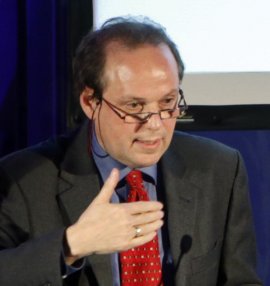 Thanks to his public support for Copernicus’ teachings and, above all, due to the trial which the church subjected him to for this support, Galileo was a legend in his own time. His further development of the telescope and his astronomical discoveries – in particular those of the craters and mountains on the moon and the Jupiter moons – earned him worldwide renown. The Jesuits spread his fame to China. His research on mechanics, the discovery of the law of the pendulum, the law of gravity and the parabolic trajectory laid the foundations for classical mechanics.
Thanks to his public support for Copernicus’ teachings and, above all, due to the trial which the church subjected him to for this support, Galileo was a legend in his own time. His further development of the telescope and his astronomical discoveries – in particular those of the craters and mountains on the moon and the Jupiter moons – earned him worldwide renown. The Jesuits spread his fame to China. His research on mechanics, the discovery of the law of the pendulum, the law of gravity and the parabolic trajectory laid the foundations for classical mechanics.
In science history, his research was long associated with a paradigm change that marked the advance from the Middle Ages to the scientific modern age. Today, we know that this advance did not depend on a single scientist and was the result of a long-term development that also had a crucial influence on economic, political and social change.
The young Galileo gave lectures on such topics as “On the Shape, Location and Size of Dante’s Inferno” at the Florentine Academy. Was Galileo a mystic? Or was he merely a child of his time?
In some respects, Dante was a scientific pioneer in his own right. His Divine Comedy is a marvellous synthesis of medieval scientific knowledge, which he made accessible to a wide audience through its literary presentation in the Italian vernacular.
With his lectures, Galileo followed this tradition of literary-scientific popular education. This was one of the secrets of his success: He was part of a broad, cosmopolitan culture that was equally interested in science, art and literature; a culture, for which the philosophical questions concerning the nature of world were closely related to scientific and practical problems. On the Shape, Location and Size of Dante’s Inferno reflects this close relationship.
Which of his works is most important in your view?
Zoom Image Masterpiece: The Discorsi, published in 1636, is Galileo’s scientific legacy and contains his most important ... Masterpiece: The Discorsi, published in 1636, is Galileo’s scientific legacy and contains his most important contributions on mechanics, which are also presented in the form of a dialogue that enables us to draw important conclusions on Galileo’s own path to knowledge.Masterpiece: The Discorsi, published in 1636, is Galileo’s scientific legacy and contains his most important contributions on mechanics, which are also presented in the form of a dialogue that enables us to draw important conclusions on Galileo’s own path to knowledge.

